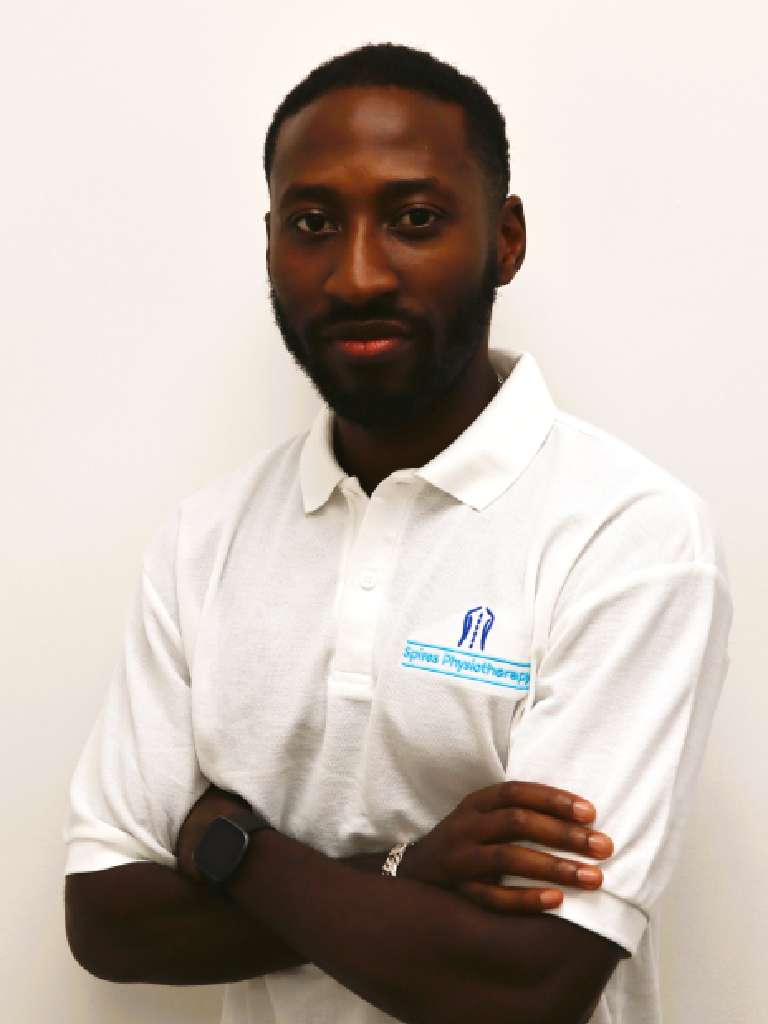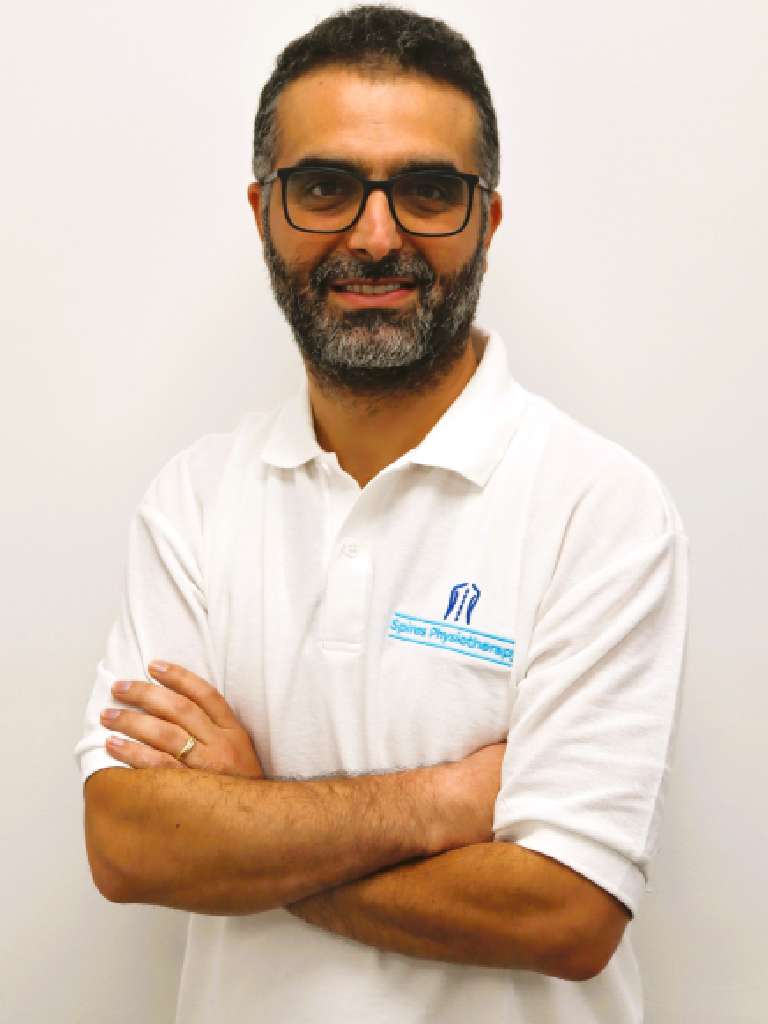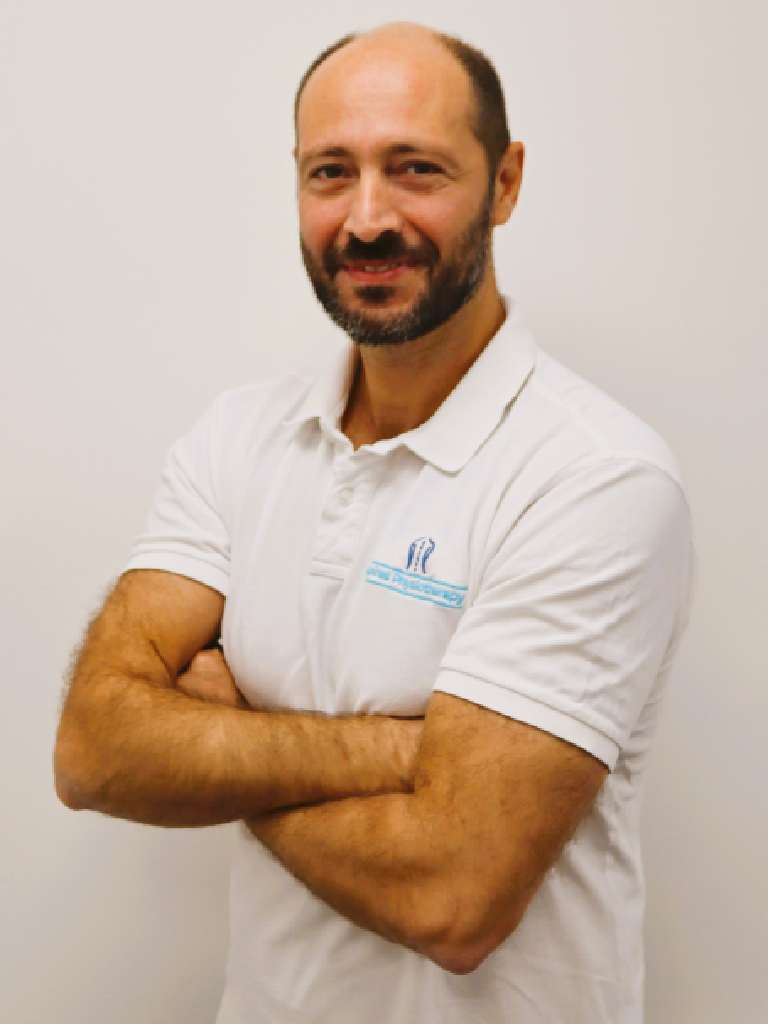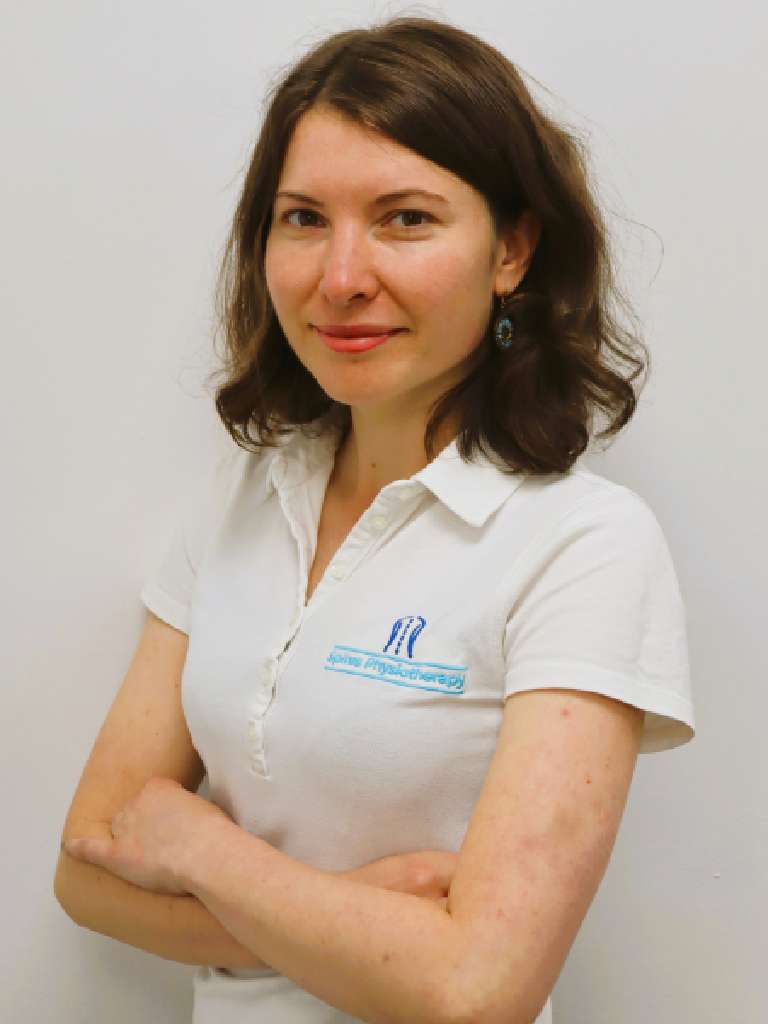Tobacco smoking was arguably the largest health hazard to effect the developed world in the 20th century. It has been directly linked to a number of health conditions, such as heart disease and lung cancer, leading to compulsory health warnings on every cigarette packet sold in the UK. Increased awareness of the health risks associated with smoking has lead to a dramatic reduction in the number of smokers in the UK with a quit rate of over 50% (1).
Looking back, it’s easy to see how smoking has caused many early deaths around the world and leads me to wonder whether we’ll one day look back on sitting in the same way. Sitting is a very popular past-time. A Weight Watcher survey of British workers found that 67% of people spend over 20 hours a day sitting or lying down. So what is this doing to us all? Like smoking, increased sitting has been linked to various health conditions including heart disease (2) and diabetes (3), and is responsible for 9% of premature deaths worldwide (4). Furthermore, those of us who sit for more than 8 hours a day have a 62% greater risk of becoming obese than those who don’t (5).
Despite all of this, we’re sitting more and more each year and that’s because it’s so damn easy. Technology makes it simple for us to do almost everything at the touch of a button. From shopping to ordering takeaway food, it can all be done from a chair. Leaving you with plenty of time to sit and catch up on the latest series on Netflix. In the workplace, gone are the days when you needed to walk to the post-office or even the fax machine to send a letter. You simply email from the comfort of your office chair.
As a physiotherapist, I speak to most of my patients about their lifestyle – including their job and exercise habits. People often tell me that they simply can’t avoid sitting because they have an office job. Well there’s hope for such people. A recent study in Norway showed that people who sit for 8+ hours a day, but exercise for an hour each day, have no greater risk of dying early compared to those who sit for less than four hours and exercise a lot (6). This means that, alongside the many other health benefits of exercise, you can offset the deadly effects of sitting with just an hour of exercise each day.
I would encourage absolutely everyone to exercise as much as they can. To find types of exercise that they enjoy so that they can feel better about themselves, increase their energy levels, improve their mental well-being and get better sleep. But if you’re someone who has to sit for long periods each day at work, I strongly recommend that you factor in some exercise into your day. By any means necessary, whether it be running, cycling, gym, Zumba, yoga, dance, climbing, anything. Move more, increase your heart rate, work your body, and it might just save your life.
Joseph Korge
Physiotherapist at Spires Physiotherapy
1. Adult smoking habits in the UK: Office for National Statistics. Available online: https://www.ons.gov.uk/
2. Morris et al (1953). Coronary heart-disease and physical activity of work. Lancet. Nov 21;265(6795):1053-7.
3. George, E. S., Rosenkranz, R. R., & Kolt, G. S. (2013). Chronic disease and sitting time in middle-aged Australian males: findings from the 45 and Up Study. The international journal of behavioral nutrition and physical activity, 10, 20. doi:10.1186/1479-5868-10-20.
4. Lee, I.M., Shiroma E.J., Lobelo F., et al. 2012). Effect of physical inactivity on major non-communicable diseases worldwide: an analysis of burden of disease and life expectancy. Lancet. 380(9838):219–229.
5. Bullock V. E., Griffiths P., et. Al. (2017). Sitting time and obesity in a sample of adults from Europe and the USA. Ann Hum Biol. May; 44(3):230-236.
6. Ekelund U., Steene-Johanessen J., Brown W. J., et. al. (2016). Does physical activity attenuate, or even eliminate, the detrimental association of sitting time with mortality? Lancet. 388;10051: 1302-1310.





